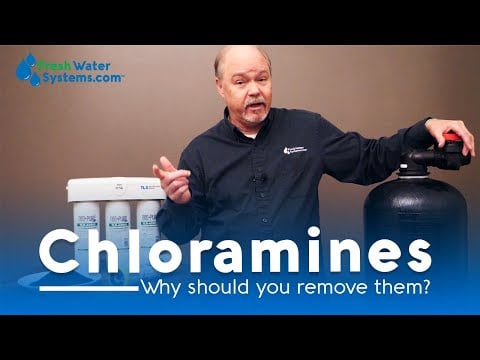
Chlorine has been used to disinfect public water since 1908 — just two years before the first motion picture. It’s a powerful germ-killer, but not without its downsides. Enter chloramine — a more stable alternative that’s gentler on taste, but trickier to remove.
If your city uses chloramine in its water treatment process, you’re not alone — nearly 1 in 5 Americans drinks water containing it. Let’s take a deep look into what this chemical is and why.
Spoiler: forget the ordinary carbon filter…
💡 Quick Takeaways
- Boiling won’t remove chloramine effectively — it takes too long.
- Standard carbon filters remove chlorine, but not chloramine.
- Look for catalytic carbon or reverse osmosis systems.
- Distillers work, but they’re slow and impractical for families.
- A water test confirms if chloramine is in your tap supply.
What Is Chloramine?
Chloramine is made by blending chlorine with a small amount of ammonia. It’s been around since the 1930s but was set aside during World War II when ammonia supplies were tight. Now, it’s making a comeback — especially as a secondary disinfectant in many city water systems.
The Environmental Protection Agency (EPA) estimates that about 1 in 5 Americans now drink water treated with chloramine.
💡Quick tip: You’ll often see the word “chloramines” used in the plural. That’s because it refers to a group of related compounds. But when it comes to drinking water, it’s usually monochloramine — the most common form.
Is It Chloramine or Chloramines?
You’ll often see both terms used — and here’s why.
“Chloramines” refers to a group of disinfectant compounds made by combining chlorine and ammonia.
But most cities use just one specific type: monochloramine.
So technically, both terms are correct. But when we talk about what’s in your tap water, we’re usually referring to monochloramine — the most common and widely used form.
Why Is Tap Water Treated with Chloramine?
Disinfecting public water isn’t optional — it saves lives. The World Health Organization estimates that unsafe water causes millions of deaths annually. Chlorine has long been the go-to, but it comes with some drawbacks. That’s where chloramine steps in.
Water treatment plants use chloramine because:
- ✅ It lasts longer in the water supply — ideal for large distribution systems.
- ✅ It causes fewer taste and odor issues than chlorine.
- ✅ It produces fewer harmful byproducts like trihalomethanes.
Chloramine isn’t perfect, but it helps water utilities balance safety, cost, and EPA compliance.
Learn more about what’s in tap water.
Chloramine: Pros and Cons
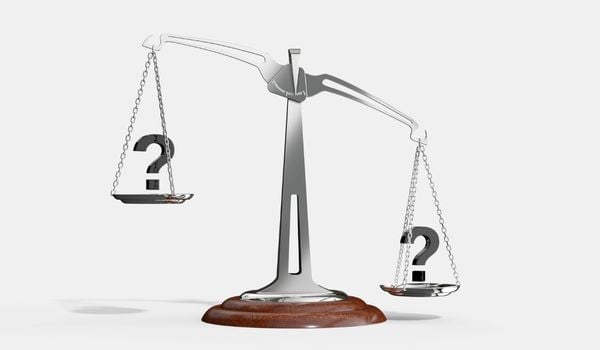
If chloramine and chlorine both disinfect water, why use chloramine at all? It turns out chloramine offers some unique advantages — and a few tradeoffs.
✅ Benefits of Chloramine
- Lasts longer in pipes — It doesn’t evaporate as quickly as chlorine, making it ideal for systems with long distribution lines.
- Less odor and taste — Lower concentrations mean fewer complaints about that “pool water” flavor.
- Fewer disinfection byproducts — Chloramine produces lower levels of regulated byproducts like trihalomethanes (THMs) and haloacetic acids (HAAs).
⚠️ Drawbacks of Chloramine
May cause health effects — Some people report skin irritation, respiratory issues, or digestive trouble with exposure. chlorine without breaking a sweat. But because it can’t remove ammonia, it only reduces chloramines by 50% or less.
Harder to remove — Unlike chlorine, it doesn’t break down easily and requires specialized filters.
Can be corrosive — Without corrosion control, it can damage old pipes and lead to heavy metal leaching (like lead or copper).
Frequently Asked Questions About Chloromines

What Are the Health Risks of Chloramine?
Chloramine protects against harmful microbes, but like chlorine, it can cause irritation. Some people experience:
- Dry or itchy skin
- Eye and nasal irritation
- Coughing or wheezing
- Upset stomach or other digestive issues
Long-term effects are still being studied, but people with asthma or sensitive skin may notice symptoms even at low levels.
How much chloramine is too much?
The EPA allows up to 4.0 mg/L of chloramine in drinking water. That’s the upper legal limit — but the amount in your home may vary based on where you live on the water line. Most utilities aim for 2.0–3.0 mg/L, but it’s best to test your water to be sure.
Should I filter out chloramines?
It’s a personal choice. Chloramines are safe at low levels, but they can:
- Affect taste and smell
- Cause skin and respiratory irritation in sensitive people
- Dry out skin and hair in the shower
If any of that sounds familiar, it’s worth using a filter that can remove them.
Does letting water sit remove chloramine?
Nope — not effectively. Chlorine will evaporate in a few hours. Chloramine? That can take days. Not a practical method.
Does boiling water remove chloramine?
Barely. You’d have to boil water for 60 minutes or longer to reduce chloramine levels — and even then, it’s not completely effective. Fine if you’re brewing beer or prepping aquarium water, but not ideal for daily drinking.
🛠️ How to Remove Chloramine from Drinking Water
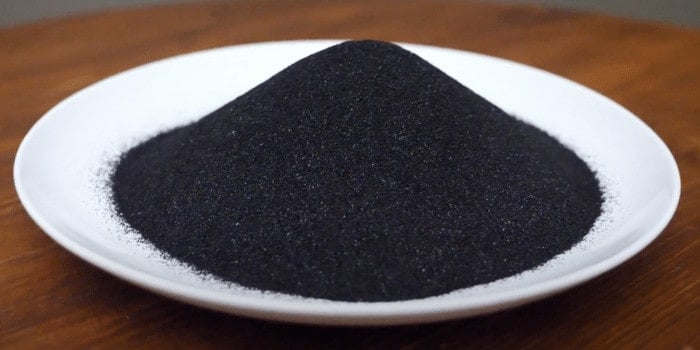
Chloramine is harder to remove than chlorine, but it’s not impossible. Here are your best options:
1. Activated Carbon Filters 💧 Reduces up to 50% of chloramine. 💸 Low cost. 🧰 Good for improving taste on a budget.
Standard carbon filters can’t remove ammonia, but they still help with taste and offer a partial solution.
2. Catalytic Carbon Filters 💧 Removes up to 99% of chloramine. 💸 Moderate cost. 🧰 Best for whole-house use or sensitive users.
Catalytic carbon is specially treated to break down chloramine effectively. Ideal for homes needing consistent, full coverage.
3. Reverse Osmosis (RO) Systems 💧 Excellent at removing both chlorine and ammonia. 💸 Moderate cost. 🧰 Best for under-sink drinking water systems.
Includes a carbon pre-filter and membrane that together remove chloramine. Compact and highly effective.
4. Distillation 💧 High effectiveness. 💸 Low upfront cost, but uses more energy. 🧰 Best for small households or off-grid use.
Distillers boil water and collect steam as purified water. Effective but slow — not great for high daily demand.
5. Chemical Neutralizers (e.g., Campden Tablets) 💧 Fast-acting and effective. 💸 Very cheap. 🧰 Ideal for brewing, aquariums, or small batches.
Neutralizes chloramine in small quantities of water. Not practical for daily use but great for niche needs.4/7 produces only 6-8 gallons per day — enough for a single or couple but not for a family. The good news? They’re portable and cost less than $100.
🧪 Should I Test My Tap Water for Chloramines?
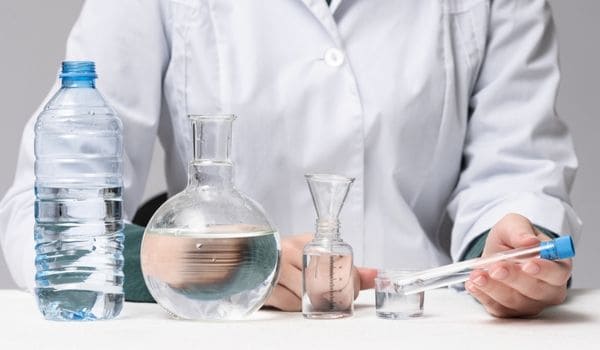
ou can always call your local water supplier to ask what disinfectants they’re using. But because chloramine levels vary depending on your distance from the treatment plant, the only way to know exactly what’s coming out of your tap is to test it.
There are two main ways to do that:
1. Home Test Kits – Affordable and easy to use. Look for a kit that tests for both free chlorine and total chlorine. The difference between the two reveals your chloramine level. For simple, at-home options, check out our product reviews & guide to home water test kits.
2. Lab-Grade Testing (like SimpleLab Tap Score) – More expensive, but incredibly accurate. We recommend SimpleLab’s Tap Score, which analyzes your water for over 40 contaminants — including chloramine, VOCs, heavy metals, and more. It’s ideal if you’re planning to invest in a filter and want to make sure you choose the right one.
💡 Pro tip: If your total chlorine is significantly higher than your free chlorine, that usually means your water contains chloramine.
Choosing the Right Water Filter to Remove Chloramines
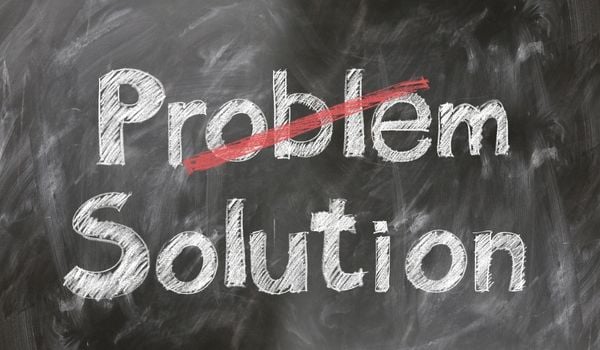
🧰 Choosing the Right Water Filter to Remove Chloramines
Not all filters are created equal. Choosing the right one depends on your water quality, your household’s needs, and your budget. Here’s how to narrow it down:
Contaminants in Your Water
If chloramine is your only concern, a basic catalytic carbon filter is often enough. But if your water test shows lead, VOCs, or other toxins, you may need something more robust — like a reverse osmosis system.
How Chloramine Affects You
Some people are more sensitive than others. If chloramine causes skin irritation, dry hair, or breathing issues during showers, a whole house water filter is a smart investment. For drinking and cooking only, an under-sink RO system is more budget-friendly and highly effective.
Your Household Water Demand
Families use hundreds of gallons a day — most of it for bathing, laundry, and cleaning. A point-of-use filter can handle a few gallons a day. But if you want filtered water throughout your home, a whole-house system is a better fit.
Your Budget

Even an NSF-certified catalytic carbon faucet filter can make a difference. If you’re on a tighter budget, start small and scale up. But if you’re ready to make a bigger investment, you’ll get more value from a long-lasting, low-maintenance whole-home system.
Final Thoughts
Disinfecting water saves an estimated 2 million lives annually, but safety concerns make it a double-edged sword. Until the health impact of chloramine is clear, filter it — don’t drink it.
 118 people found this helpful. Was this guide helpful to you?
118 people found this helpful. Was this guide helpful to you? 
